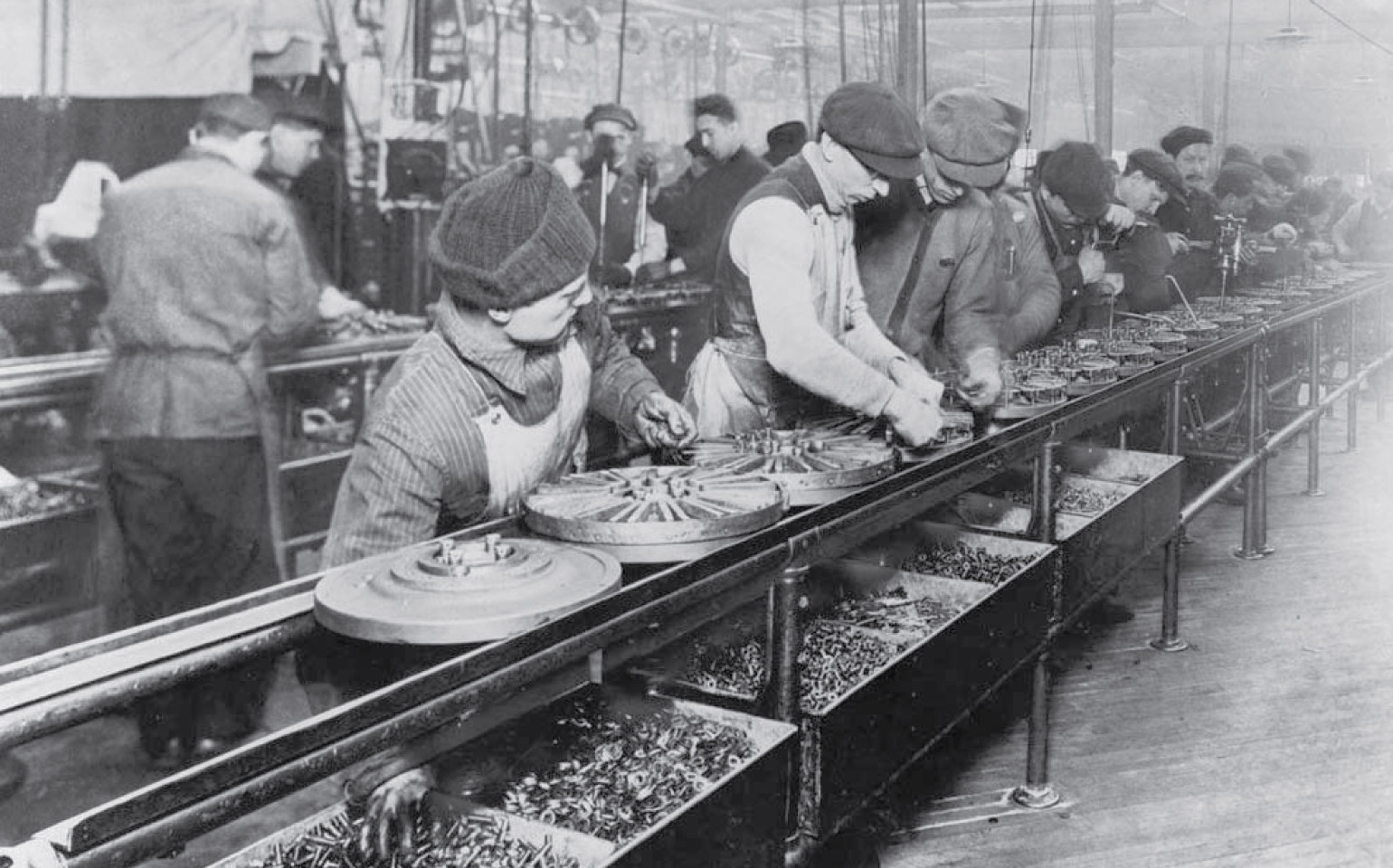It’s easy to get caught in a rut with manufacturing materials. However, a key way to push the boundaries of your category is to employ new manufacturing materials and processes. Company owners may feel obligated to use in-house processes even when an alternative might be better (like a rotomolding facility branching into injection molding). Companies that don’t own the manufacturing might still be reluctant for fear of failure. Both are valid concerns. But creating better product design and meaningful innovation often mean a new way of thinking and a new way of making. Here are some great ideas on how to do that.
New Product Development—Tight and Fuzzy
“I want fresh thinking—don’t be limited by our in-house manufacturing!”
We’ve all heard that at the outset of a NPD project. But later, when the product concept moves towards manufacturing, decision makers often default to their legacy manufacturing sources. Why? Sometimes it’s schedule. No time to explore new processes. Sometimes it’s cost. The concept looked great in prototype—a real innovation that customers love—but was altered to use in-house manufacturing or long-term partners to reduce cost.
To avoid these time and cost hurdles, divide your NPD projects into two types:
- Tight projects must rely on existing manufacturing process. They are faster and less exploratory.
- Fuzzy projects require a higher level of creative innovation. These are more exploratory projects, possibly warranting new manufacturing materials and processes. During a fuzzy project bring a materials partner to the table early. Look at different costing models with the assumption that new materials in your product will visibly express innovation, providing higher perceived value. And build time into the schedule for exploration and testing of alternate materials.
Materials Partners (Not Just Suppliers)
Many go-to materials of today were exotic not long ago. Rapid prototypes in carbon fiber polyamides and PEEK—recently limited to lab only—now make strong parts in a fraction of typical production time. Keeping up with material options is a full time job. Rely on the experts to suggest new materials to innovative ideas. One example, Material ConneXion, is a resource center for materials of all types, providing inspiration, information, and samples in plastics, metals, composites, ceramics, and fabrics.
Here’s a list of materials partners:
- Material ConneXion—product development materials
- Materials Council—architectural materials
- Granta Design—engineering materials
- ASM International—metals
- Local universities—many universities have technology and innovation resources to partner with local companies
Look Beyond Your Industry
Broad-based design and development firms specialize in exploring new materials. A design firm will learn the manufacturers’ goals and gain empathy with their consumers. Then they’ll explore materials and processes to implement the best new ideas. Also, designers who work in various categories can cross-pollinate the process with materials from different industries. For example, medical device materials can be simplified and used in consumer products with innovative results. Who would’ve thought that old car tires would make the perfect surface for playgrounds and railroad beds, or that chicken feathers would become reinforcement for plastics parts, or that 3D printed plastics would replace metal parts? Oh, and how about fungus grown in blocks to create eco-friendly packaging (yes, that’s a thing!). Designers created all these. But you have to broaden your vision to capitalize on the next great thing.
Exchange and Disruption—Materials Do Both
New materials can be used to address a specific problem without changing a product’s overall design or function. Consider Patagonia. They used recycled plastic bottles to make jacket shells. This made the product more environmentally friendly, more recyclable, and more durable—but the jacket design didn’t change.
On the other hand, materials can be used to disrupt. A report from the McKinsey Global Institute listed 12 hot trends that will produce disruption in our near future. One of the 12 was Advanced Materials—things like ultra-strength plastics and “self-healing” memory materials.
Herman Miller looks to new materials for innovation in office furniture. The innovative Aeron chair eliminated foam padding on the seat and back. This radical departure was made possible by the breathable, woven membrane they call Pellicle. The design team explored (and debated) the risks and benefits of this approach for many months before boldly moving forward with this innovation. Had they been myopic and stuck with foam cushions, they would have missed their most successful product ever.
Like Herman Miller, your next great product might be just one new material away.
